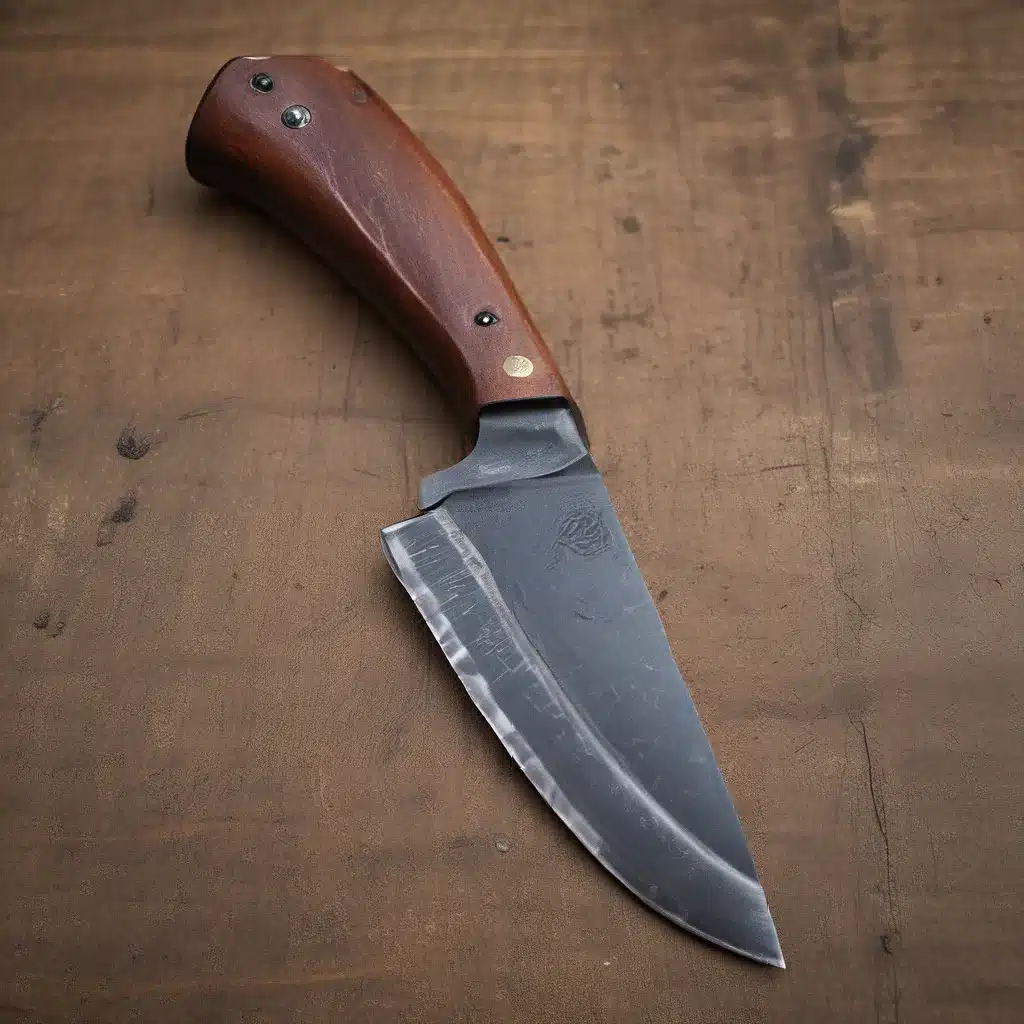
The Timeless Craft of Knifemaking
As I hold a finely crafted knife in my hand, I can’t help but marvel at the rich history and intricate techniques that have shaped this timeless tool. Knifemaking is an art form that has evolved over centuries, blending the traditions of our ancestors with the innovations of modern times. It’s a captivating journey that reveals the stories and the skilled artistry behind each blade.
Let’s dive into the fascinating world of historical knifemaking, exploring how traditional methods have stood the test of time and how technological advancements have ushered in a new era of knife design and craftsmanship.
Ancient Beginnings: From Stone to Steel
Knifemaking has its roots in the dawn of human civilization. Our earliest ancestors began crafting simple tools from stone and bone, using them for survival tasks like hunting, butchering, and even warfare. As civilizations progressed, so too did the art of knifemaking, with the discovery of metals like bronze and iron leading to significant advancements.
The skilled blacksmiths of ancient times were highly respected artisans, their abilities crucial in shaping the tools and weapons that were essential for everyday life. This process of forging, which involves heating metal to a high temperature and then carefully hammering it into shape, is both an art and a science. It’s a testament to the ingenuity and technical prowess of our forebears.
Forging Tradition: The Art of Blade Making
One of the most renowned traditional techniques in knifemaking is the creation of Damascus steel. This captivating process involves repeatedly folding and hammering the steel to create multiple layers, resulting in a robust, flexible blade with a distinctive and mesmerizing pattern. The intricacy and precision required to produce Damascus steel blades are a true testament to the skill and dedication of the knifemakers of old.
Another essential step in traditional knifemaking is the heat treatment process, which involves heating and rapidly cooling the metal. This process, known as quenching, hardens the steel, making the blade more durable and resilient. Following the quenching, the blade is then tempered, a process of reheating the steel to a lower temperature to improve its toughness and reduce brittleness.
The meticulous crafting of the knife’s handle or hilt is equally important as the blade itself. Traditionally, these handles were made from materials like wood, bone, or horn, carefully shaped and often decorated to not only provide a secure grip but also to enhance the overall aesthetic appeal of the knife.
Embracing Innovation: The Evolution of Knifemaking
While traditional methods continue to be revered and practiced, the world of knifemaking has also seen a remarkable transformation thanks to technological advancements. Innovations in metallurgy have introduced new steel alloys that offer greater strength, durability, and corrosion resistance, expanding the possibilities in blade crafting.
Modern knifemaking often involves the use of precision machining tools like CNC (Computer Numerical Control) machines. These advanced technologies allow for exact and repeatable cuts, producing knives with extremely tight tolerances and complex designs that would have been incredibly challenging, if not impossible, to achieve using traditional methods alone.
Moreover, the introduction of synthetic handle materials like G10, Micarta, and various polymers has transformed the way knives are designed and crafted. These modern materials offer impressive durability, water resistance, and ease of maintenance, often at a lower cost than traditional materials like wood or bone.
Blending Tradition and Innovation
Today’s knifemaking industry is a remarkable fusion of old and new, where artisans and manufacturers combine traditional forging techniques with the latest technological advancements. This blend of tradition and innovation has given rise to a new generation of knives that are both highly functional and visually stunning.
The skilled knife maker, whether they’re forging a blade by hand or designing a knife for mass production using advanced machinery, remains the beating heart of this craft. Their artistry, technical knowledge, and unwavering dedication to quality are what set apart a truly well-crafted knife.
Preserving the Legacy
Despite the rapid technological changes, there is a growing interest in preserving the traditional knifemaking techniques that have been passed down through the generations. Passionate artisans and enthusiasts are keeping these skills alive, often integrating them with modern practices to create unique, high-quality knives that honor the rich history of the craft.
As we look to the future, the art of knifemaking promises to retain its captivating blend of tradition and innovation. New materials and methods will undoubtedly continue to emerge, opening up exciting possibilities for even more advanced and specialized knives. But at the heart of it all, the core principles of knifemaking – precision, durability, and balance – will remain steadfast, deeply rooted in the craft’s enduring legacy.
Whether you’re a seasoned collector, an avid outdoorsman, or simply someone who appreciates the beauty and craftsmanship of a well-made knife, the story of knifemaking is one that is truly forged in tradition. It’s a journey that spans centuries, from the humble stone tools of our ancestors to the sophisticated, high-tech blades of today. And as we continue to explore and celebrate this timeless craft, we can’t help but be captivated by the endless possibilities that lie ahead.
So, the next time you hold a knife in your hand, take a moment to appreciate the rich history and the skilled artistry that have gone into its creation. For in that moment, you’ll be connected to a legacy that stretches back through the ages, a testament to the enduring spirit of human ingenuity and the timeless allure of the Herman Knives craft.


